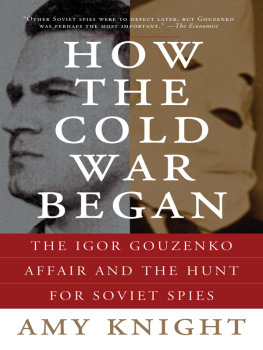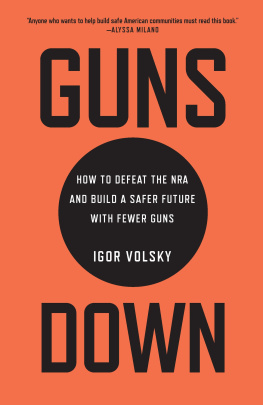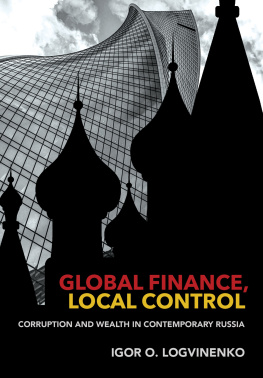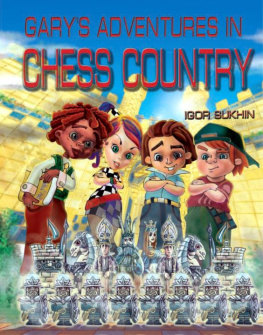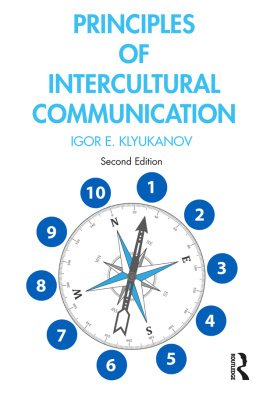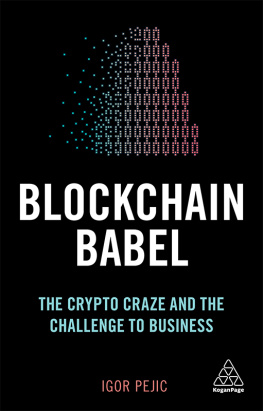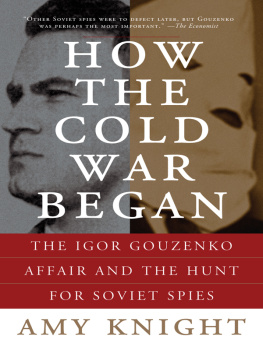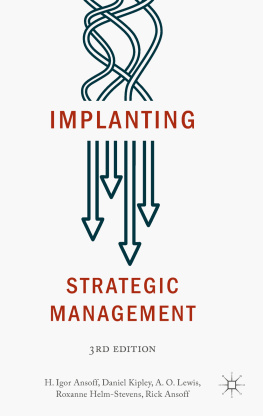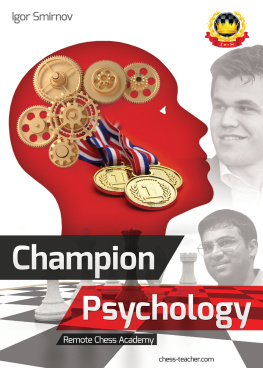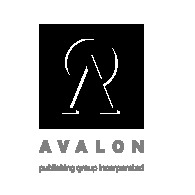HOW
THE COLD WAR
BEGAN
THE IGOR GOUZENKO AFFAIR AND THE HUNT FOR SOVIET SPIES
With an Author's Note for U.S. Readers
AMY KNIGHT
CARROLL & GRAF PUBLISHERS
NEW YORK
HOW THE COLDWAR BEGAN
The Igor Gouzenko Affair and the Hunt for Soviet Spies
Carroll & Graf Publishers
An Imprint of Avalon Publishing Group, Inc.
245 West 17th Street, 11th Floor
New York, NY 10011
Copyright 2005 by Amy Knight
Published by arrangement with McClelland & Stewart Ltd., Toronto, Ontario, Canada First Carroll & Graf edition 2006
All rights reserved. No part of this book may be reproduced in whole or in part without written permission from the publisher, except by reviewers who may quote brief excerpts in connection with a review in a newspaper, magazine, or electronic publication; nor may any part of this book be reproduced, stored in a retrieval system, or transmitted in any form or by any means electronic, mechanical, photocopying, recording, or other, without written permission from the publisher.
Library of Congress Cataloging-in-Publication Data is available.
ISBN-10: 0-78671-816-1
ISBN-13: 978-0-78671-816-0
eBook ISBN: 9780786733088
9 8 7 6 5 4 3 2 1
Printed in the United States of America
Distributed by Publishers Group West
To Molly Knight Raskin
CHRONOLOGY OF MAIN EVENTS IN THE GOUZENKO AFFAIR
| June 1943 | Igor Gouzenko arrives in Ottawa with GRU team. |
| October 1943 | Anna Gouzenko joins her husband. |
| September 1944 | Gouzenko hears he is being called back to Moscow. His boss Zabotin manages a post-ponement. |
| August 6, 1945 | United States detonates atomic bomb on Hiroshima. |
| September 5, 1945 | Gouzenko leaves the Soviet Embassy for the last time, with the intention of defecting. |
| September 6, 1945 | Canadian prime minister William Lyon Mackenzie King learns of the defection. |
| September 7, 1945 | Gouzenko arrives at RCMP headquarters for debriefing. |
| September 29, 1945 | Mackenzie King travels to Washington to meet President Harry Truman. |
| November 8, 1945 | Elizabeth Bentley signs her first statement, revealing an espionage network in Washington and New York. |
| February 3, 1946 | Drew Pearson breaks the Canadian spy story. |
| February 13, 1946 | Royal Commission on Espionage begins taking testimony from Gouzenko. |
| February 15, 1946 | Canadian spy suspects arrested and interrogation by the RCMP begins. |
| March 2, 1946 | The first of the spy suspects is formally charged. |
| March 4,1946 | First Interim Report of Royal Commission appears. |
| March 5,1946 | Alan Nnnn May arrested in London; Winston Churchill gives his "Iron Curtain" speech in Fulton, Missouri. |
| June 1946 | Fred Rose trial and conviction. |
| July 1946 | Final Report of Royal Commission on Espionage appears; last of Soviet diplomats suspected of spying leave Canada. |
| March 1946-1947 | Trials of Canadian spy suspects. |
| January 1947-July 1948 | U.S. Federal Grand Jury hears testimony from Bentley and Whittaker Chambers. |
| August 1948 | Harry Dexter White testifies before HUAC; dies. |
| November 1948 | Chambers produces documents to back up his charges against Hiss. |
| December 1948 | Alger Hiss indicted for perjury before a Grand Jury |
| January 1949 | FBI arrests Sam Carr. |
| May 1949 | Senator Pat McCarran's Subcommittee on Immigration interviews Gouzenko in Ottawa. |
| May-July 1949 | First Hiss perjury trial, ending in a hung jury. |
| January 1950 | Hiss found guilty and sentenced to five years in prison; Klaus Fuchs confesses to espionage. |
| September 1950 | FBI requests report on Herbert Norman from RCMP. |
| May 1951 | Donald Maclean and Guy Burgess defect to Soviet Union. |
| August 1951 | Herbert Norman mentioned in Senate Internal Security Subcommittee (SISS) hearings. |
| March 1953 | Stalin dies. |
| January 1954 | SISS takes testimony from Gouzenko in Ottawa. |
| March 1957 | Norman's name again brought up at SISS hearings. |
| April 4, 1957 | Norman commits suicide. |
| January 1963 | Kim Philby defects to Moscow. |
| June 1982 | Gouzenko dies. |
NOTE: I have used the Library of Congress system of transliteration from the Russian Cyrillic. Exceptions are well-known names, such as Gouzenko, which appear in the more familiar Anglicized forms.
AUTHOR'S NOTE
W hen I first started my research on the Gouzenko affair, I did not expect that it would involve rethinking the sensational Alger Hiss case, which polarized American public opinion during the McCarthy era and aroused heated debate among historians in the United States in the past five decades. Ever since new documentation emerged in the 1990s, said to prove conclusively that Hiss was a spy, many historians have considered the Hiss case closed.
But a close scrutiny of this new evidenceprompted by my suspicion that the FBI distorted statements made by Gouzenko to help make their case against Hissled me to join the small minority of Cold War scholars who remained unconvinced that Hiss was a Soviet agent. The first supposedly definitive proof against Hiss was the now famous March 30, 1945 telegram from the Soviet intelligence chief in Washington, Anatolii Gorsky, to Moscow headquarters. Gorsky's message, deciphered by the U.S. National Security Agency (as part of a secret program called Venona) and made public in 1995, contained references to a spy code-named Ales, who was said to be Alger Hiss. As I explain in this book, there were actually far too many uncertainties of meaning in that fragmented message to come to any conclusions about the identity of Ales.
Since my book was published in Canada last year, the NSA has released the original Russian version of the decryption. Far from resolving the ambiguities, as many had hoped, the original makes it even more doubtful that Ales was Alger Hiss. To mention one example: the Russian text makes it clear that the group of spies run by Ales consisted of his family members. They had for many years provided such valuable military secrets to the Soviets that they were awarded decorations. It is highly improbable that Hiss's family could have had any military information worth sharing with the Soviets. Hiss's wife, Priscilla, was a stay-at-home mother, and his brother Donald a lawyer for the State Department.
The other much-cited evidence against Hiss appeared in a book called The Haunted Wood

